Spring Break, 2014: The Lucky Charm was pointed to Southeastern Arizona to basically relive the 1860’s-1900’s through visits to Bisbee (mining history), Tombstone (western cowboy history), and Picacho Peak (Civil War re-enactment history). Tally-Ho!!!!
 |
| View of town from the Lucky Charm |
At its heyday around the turn of the century, Bisbee was not only by far the largest city in Arizona, but was in fact the largest city between St. Louis and the coast of California. Now a small, quirky little mining-town-turned-artists-colony, it seems to inspire everyone we’ve ever met to say “OH YOU SIMPLY MUST VISIT BISBEE! So charming! So magical! You will fall in love with it!” We had heard this from everyone, but weren’t sure … should we believe the hype? Blindly follow the crowd? Join the cult? Would we drink the Bisbee Kool-Aid? OH YES … we would!!!
 |
| Philip, Brandon and Max in the first of many forced photo-ops. They smile anyway. |
We stayed at the Queen Mine RV Park, a charming semi-circle of spots perched high on a hilltop overlooking the town, which is in easy walking distance. In the photo below, see the semi-circle of white RV’s in the upper right at the top of the hill? That’s us, with a great view and 5 minute walk to downtown Bisbee!

It is apparently against the law to visit Bisbee and NOT do the Queen Mine Tour. Although it is slightly corny, and nobody looks good in a yellow slicker, it was still fun and we learned a lot about the life of a miner in 1900, when most mining was done with teams of two basically hand-driving metal stakes of increasing diameter into the rock for hours on end, until the hole was big enough to insert dynamite.
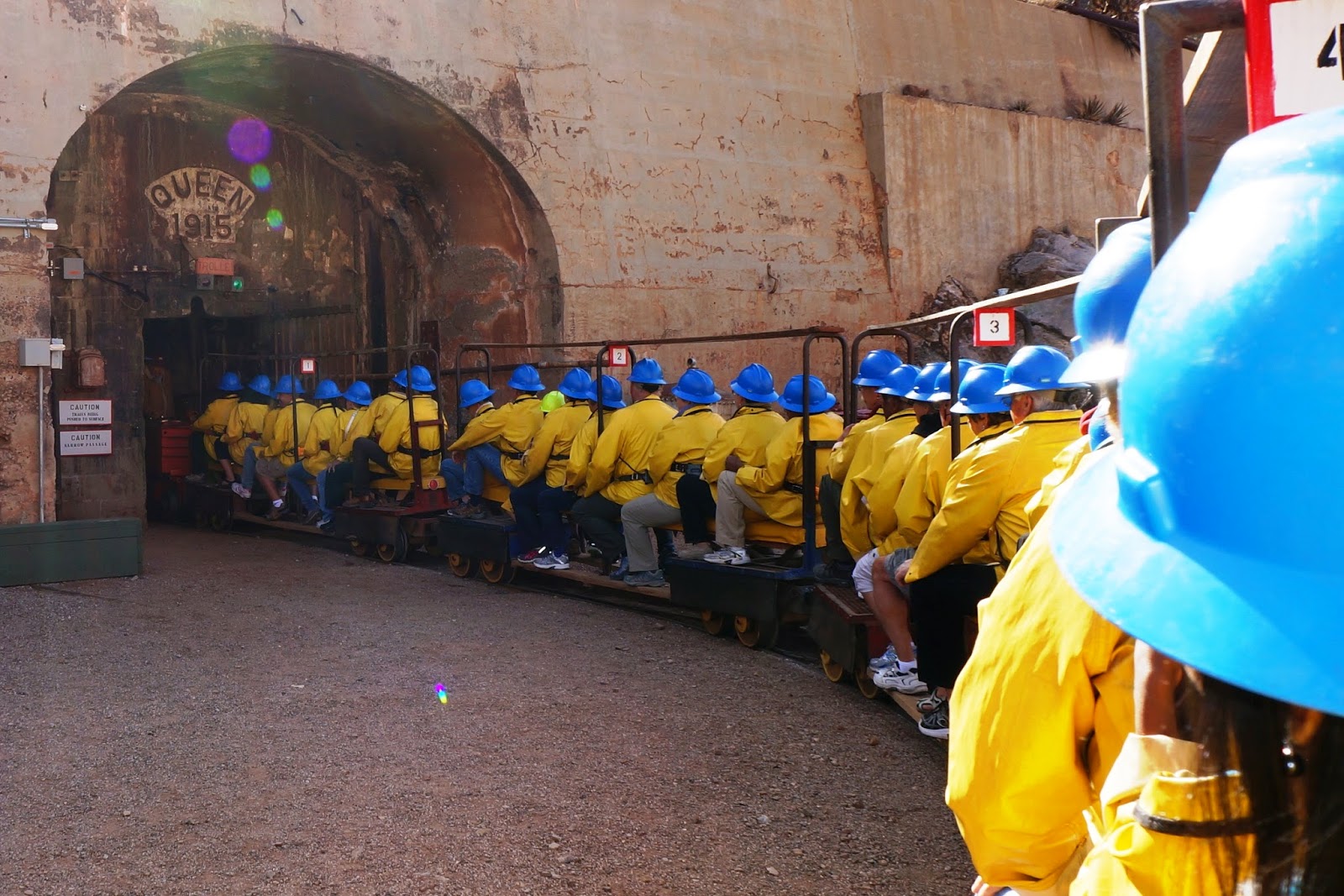
Mining is backbreaking, monotonous, soul-killing work and just as dangerous for the things the miners were breathing in (arsenic, lead, silica) as for the possibility of bodily injury, leading us to an “ah-hah moment” to understand someone would instead become a farmer. For this, the most experienced miners were paid the handsome sum of $0.38/hour, a very high pay rate for the time. A better-paying career in Bisbee, however, was legalized prostitution, wherein most ‘ladies’ (a loose term) made $3.50-$4.00/hour.
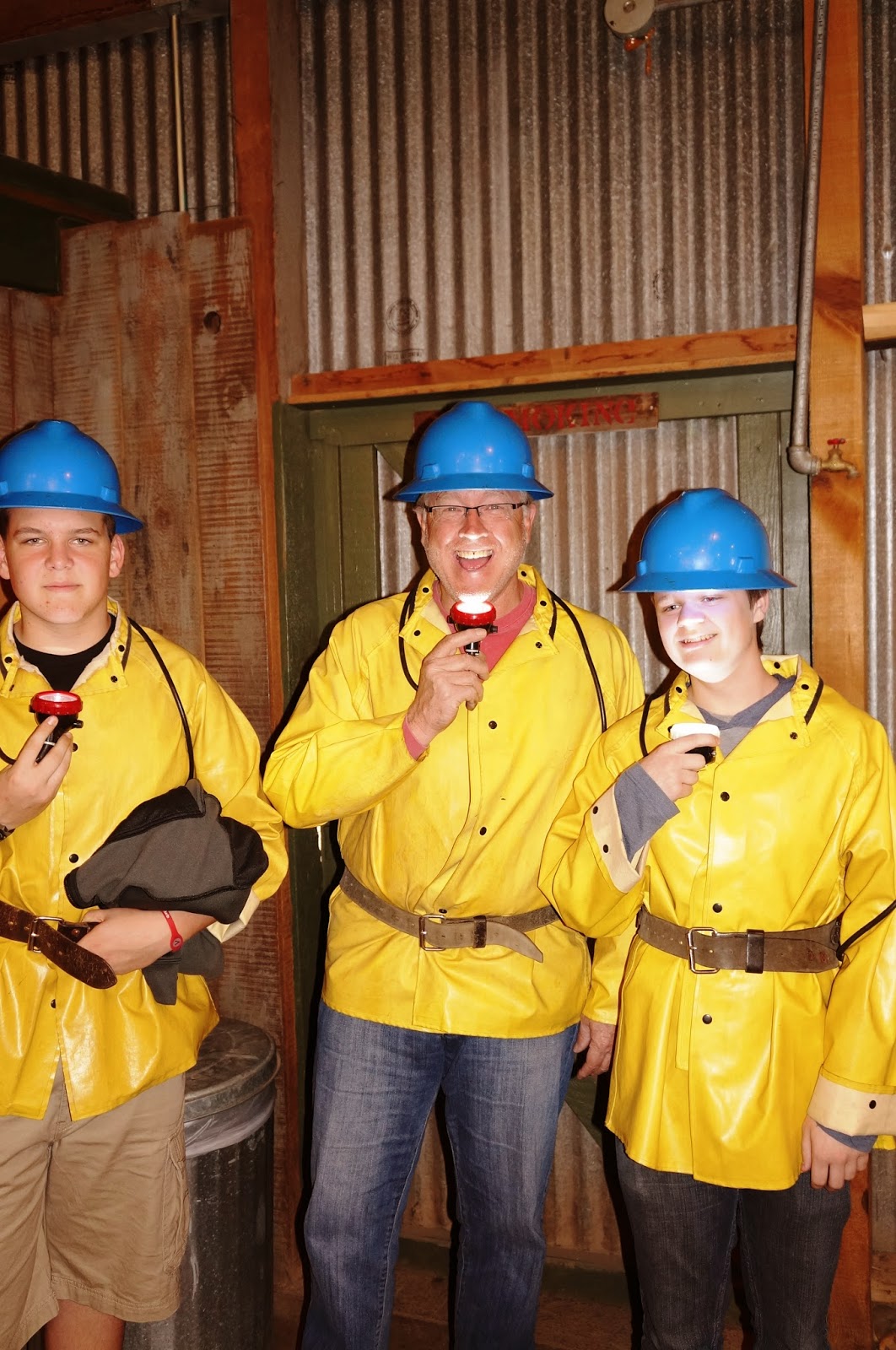
We enjoyed the town, a predictably quirky mix of shops, galleries, cafes and so forth, with one excellent fine-dining option, “Café Roka“, that frequently makes national lists of top restaurants.
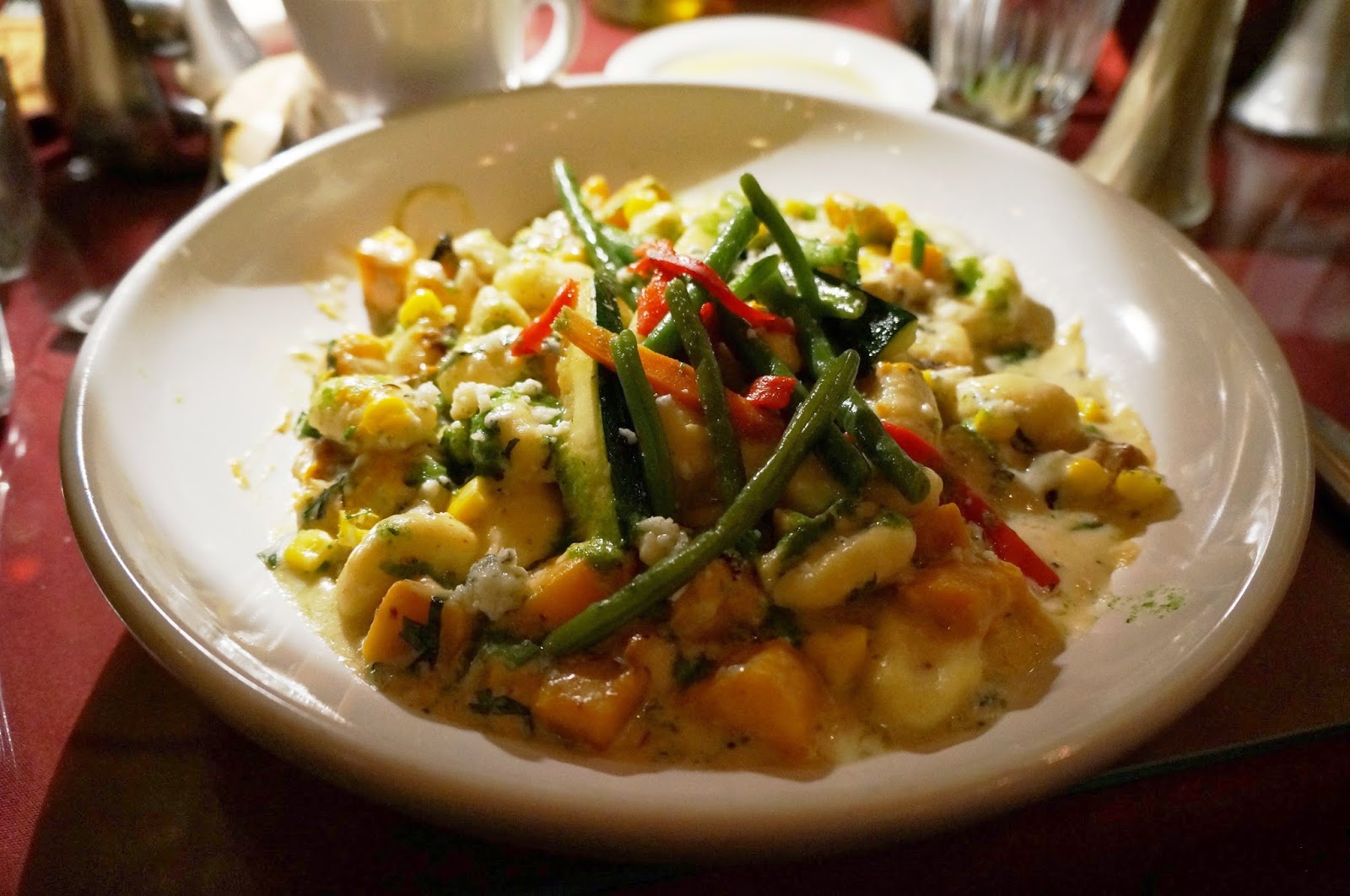 |
| Cafe Roka’s homemade gnocchi with summer squash, roasted corn and basil pesto cream sauce |
A little farmers-market yielded fresh homemade tortillas that made me swoon!
(That guy in the picture makes me swoon, too.)
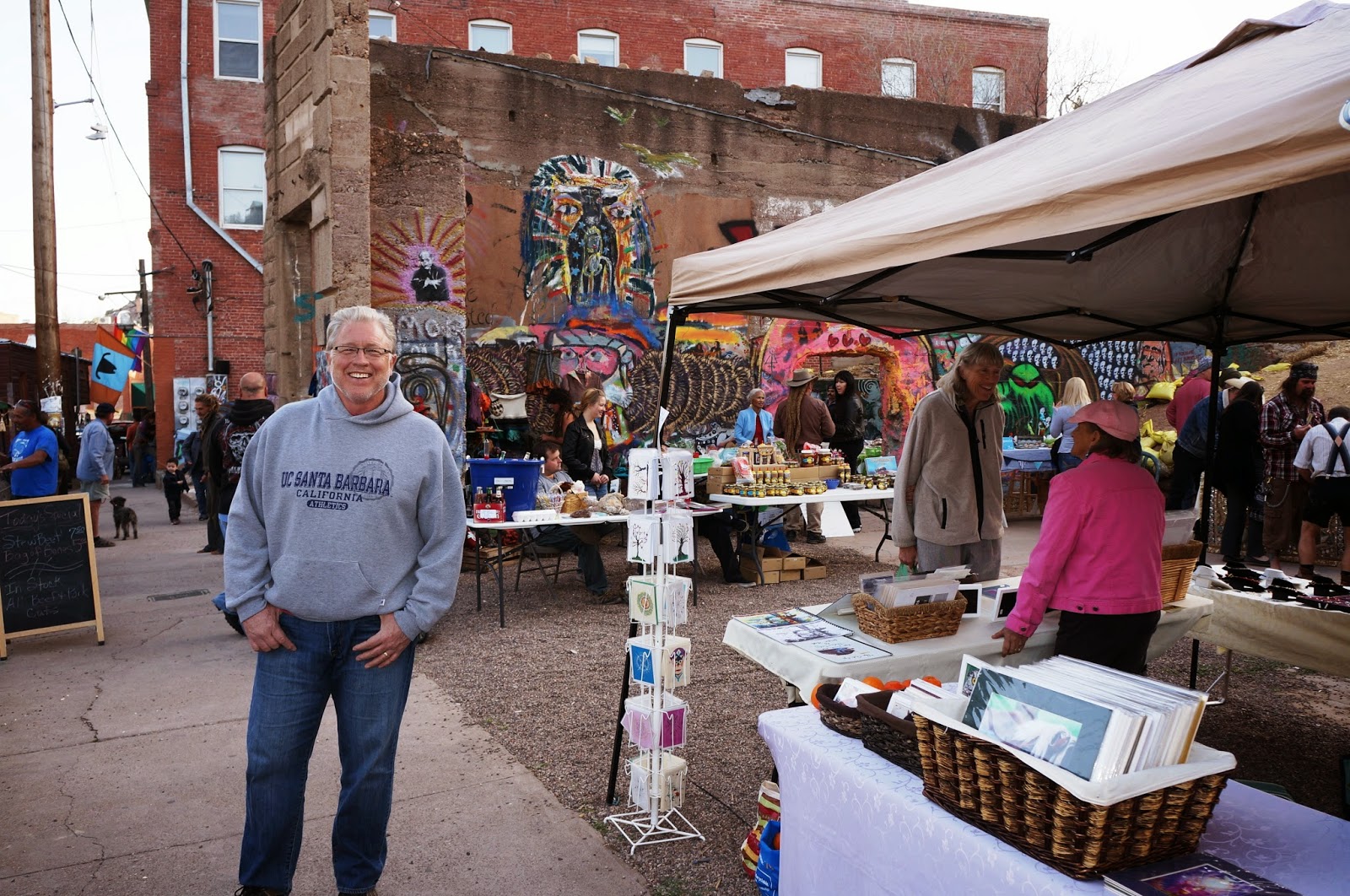
The teens were good sports about climbing aboard the obnoxiously-painted lavender jeeps (perhaps a blatant ripoff of the Sedona pink jeeps, but so-painted because the big pit mine in Bisbee is named the Lavender Mine after Harrison Lavender, a Phelps-Dodge Mining Company executive) and the historical information on the tour was excellent – highly recommended.
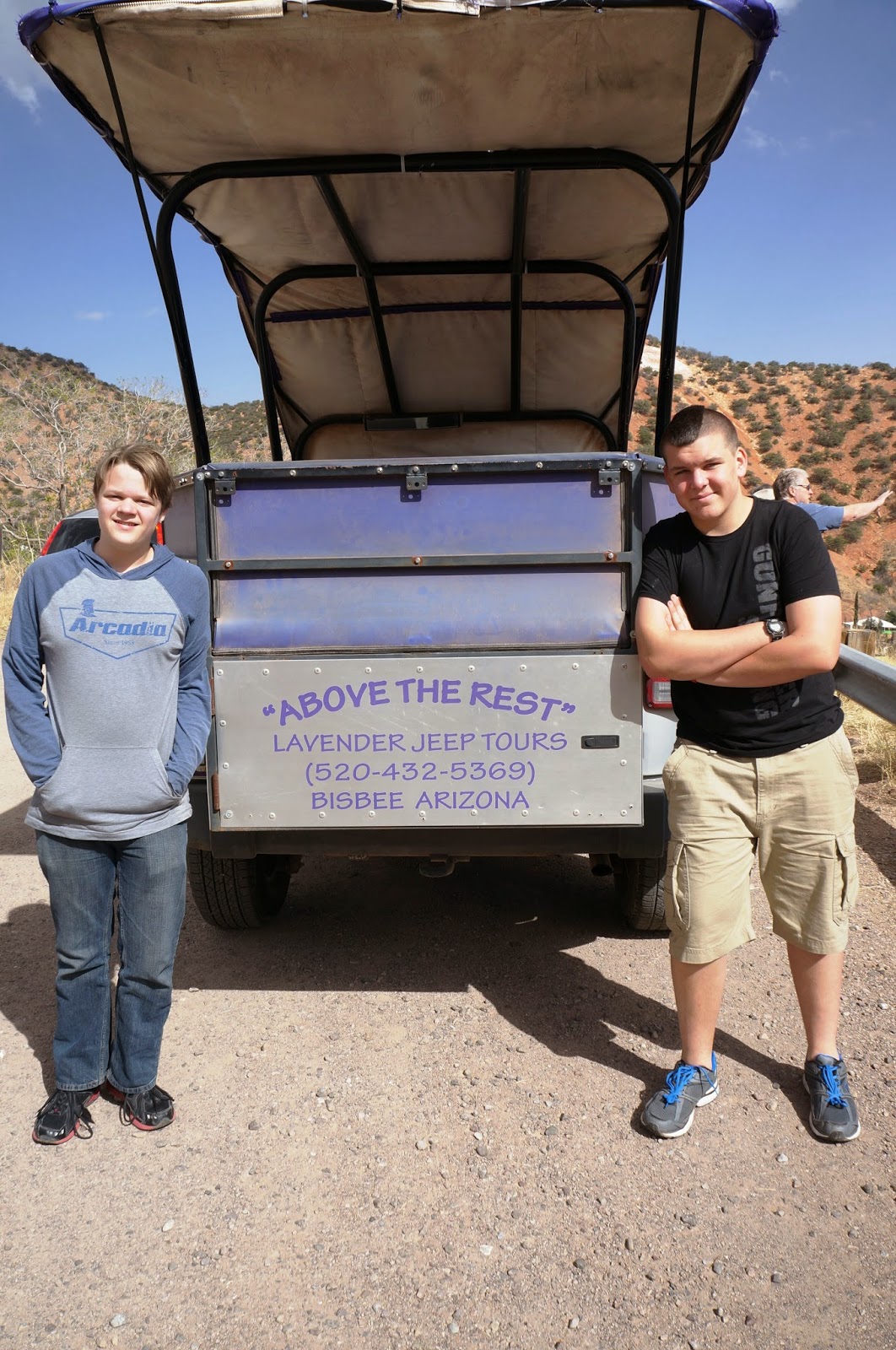 |
| Max wants a Jeep like this for his first car so he can squire his friends around. |
We really enjoyed the fun Bisbee Mining and Historical Museum, smack-dab in the middle of town, which was super-cute, very informative and just the right size, i.e. in and out in less than an hour.
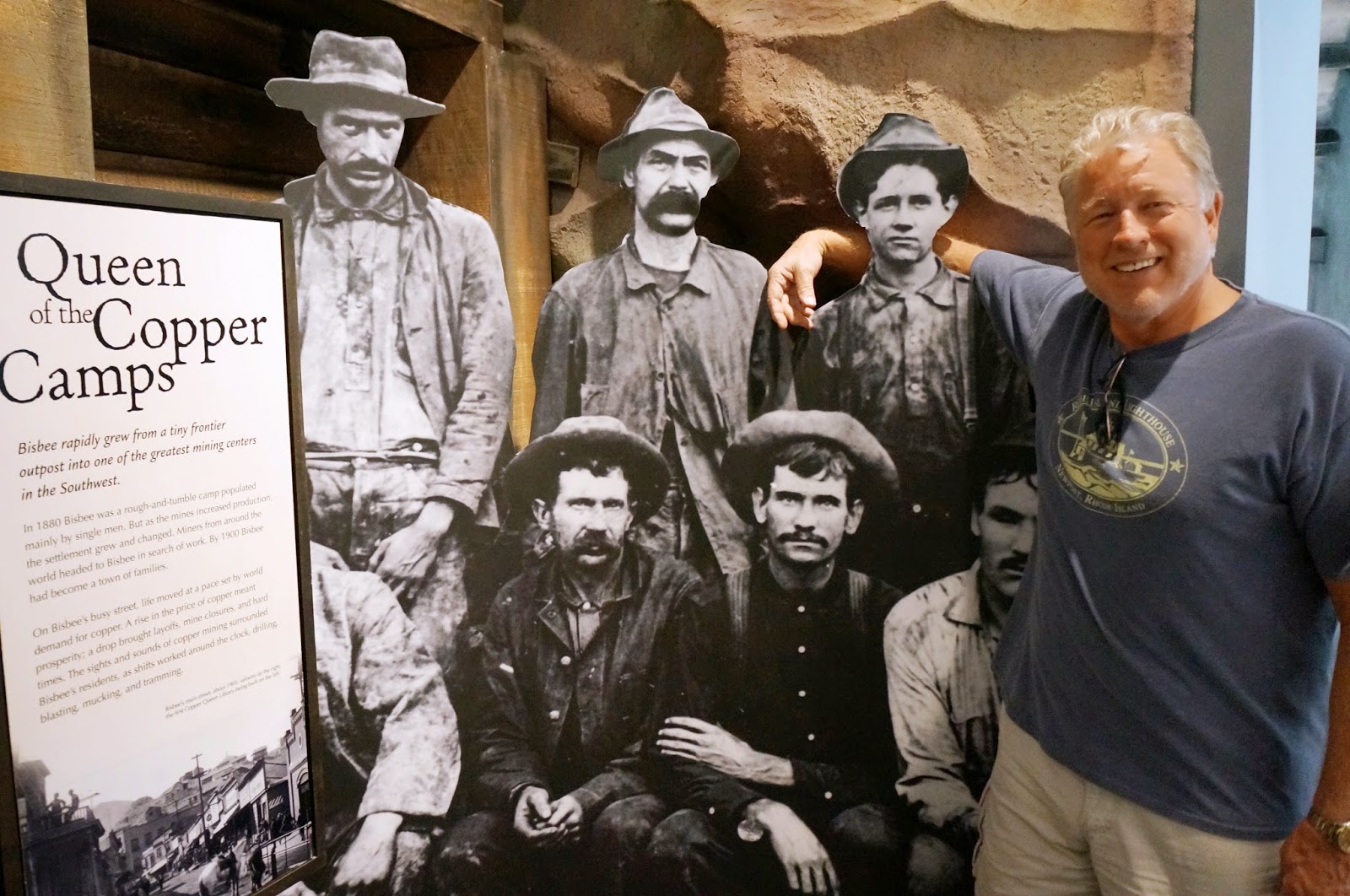 |
| Let it be known … Philip is not actually a queen! |
Because Bisbee is literally carved into every available sheer facing mountain in the area, there are narrow staircases of varying lengths leading everywhere throughout the city … miles and miles and miles of staircases!
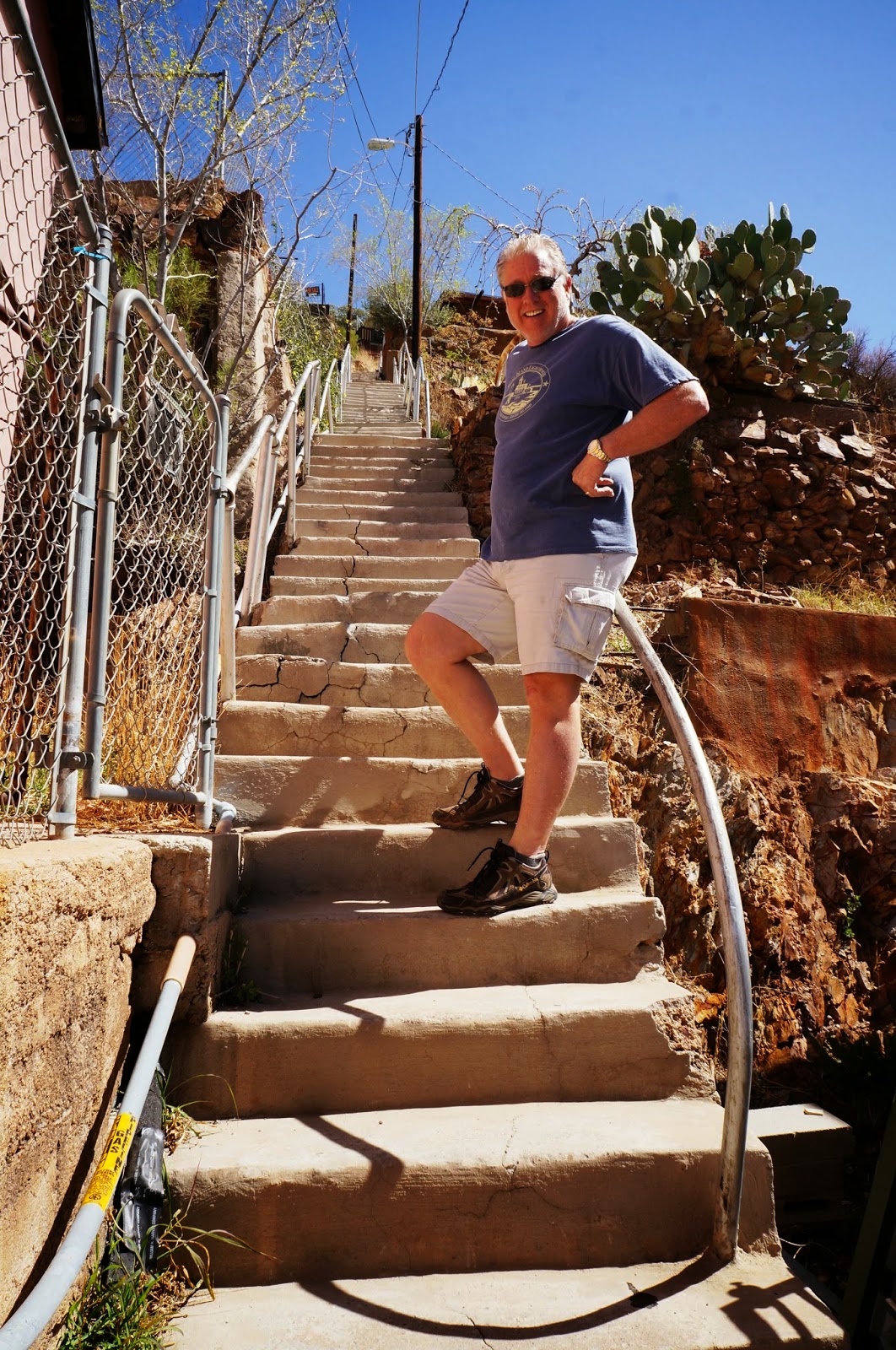
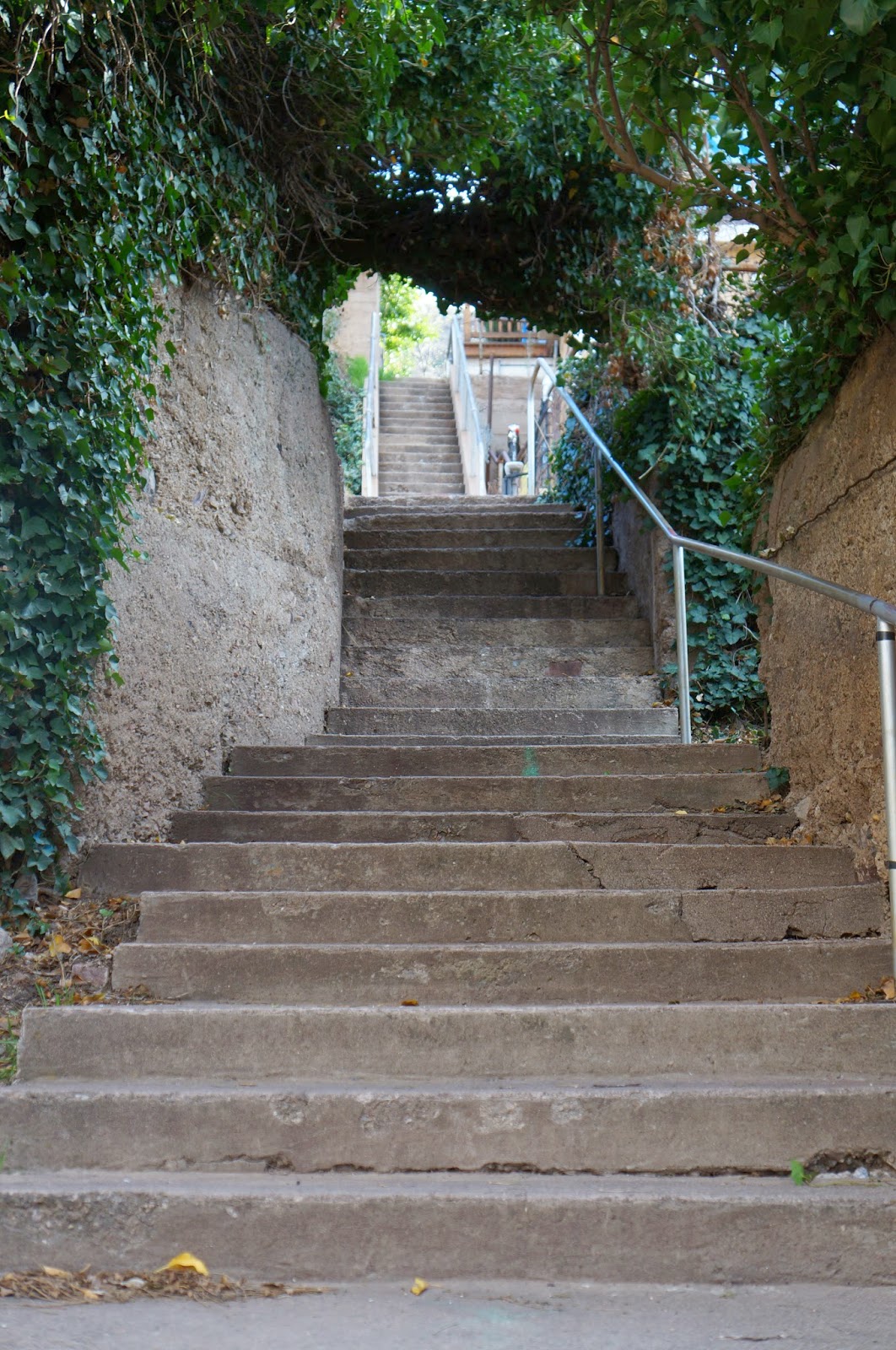
Every October, Bisbee hosts the “Bisbee 1000 Great Stair Climb” where 2,700 people descend upon this little town to do a 3.8 km run (or walk, or shuffle, or whatever) that along the way includes 9 separate staircases of 75-200 steps each. They call it the Bisbee 1000 but the actual total is like 1,032 steps — and let me tell you, those last 32 are a real bummer! If you’re really crazy, you could also partake of the Bisbee Ice Man Competition, designed to honor the history of men delivering blocks of ice by hand before the advent of refrigeration, in which entrants race up staircases carrying a ten-pound block of ice with antique ice tongs!

One afternoon while hubby was working (poor guy), I followed the route of the Stair Climb, and although it was tiring, it was fun to discover the many unique, strange, fun, charming artistic touches seen below, that I otherwise would have missed.
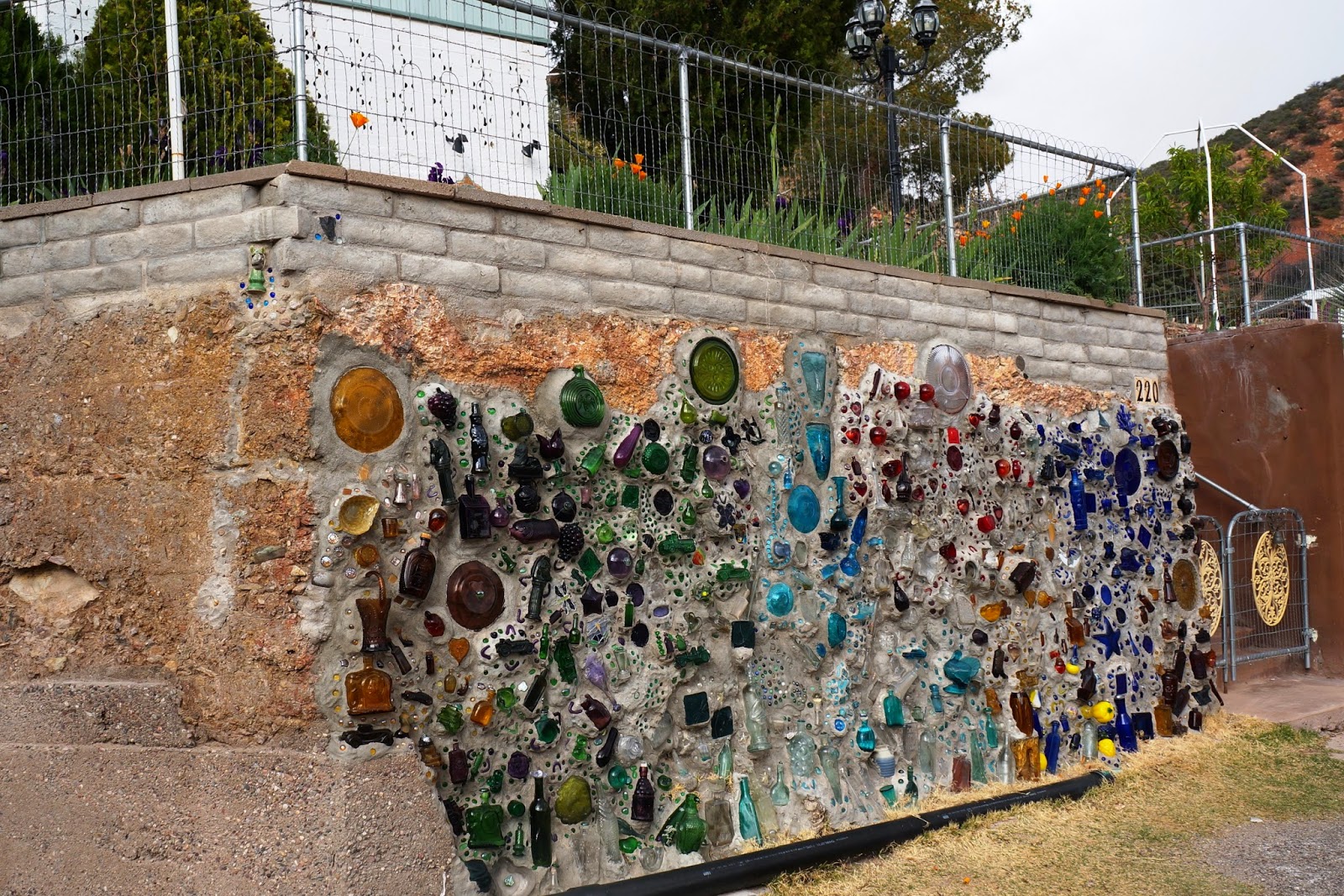
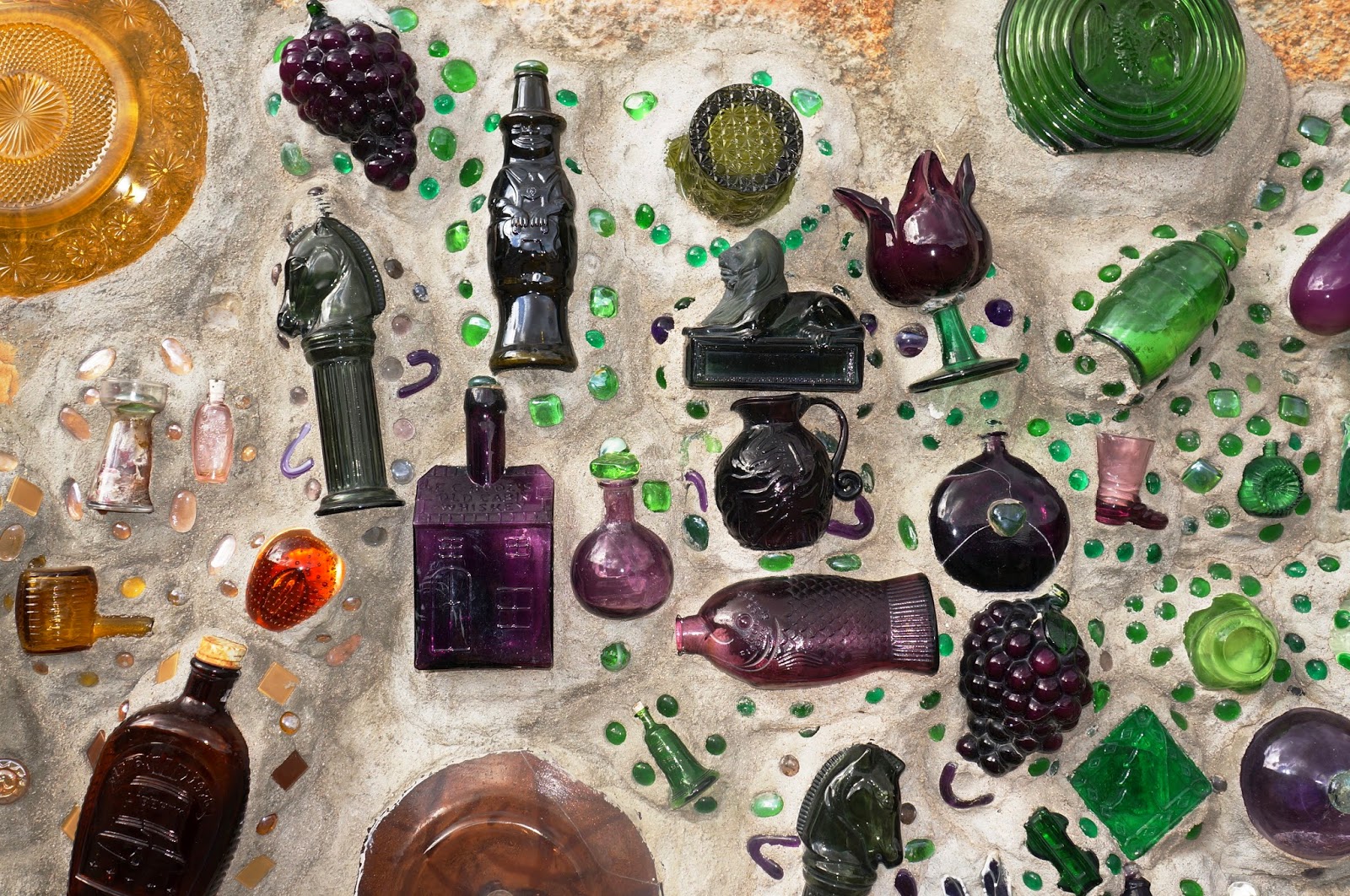 |
| Detail of wall above |
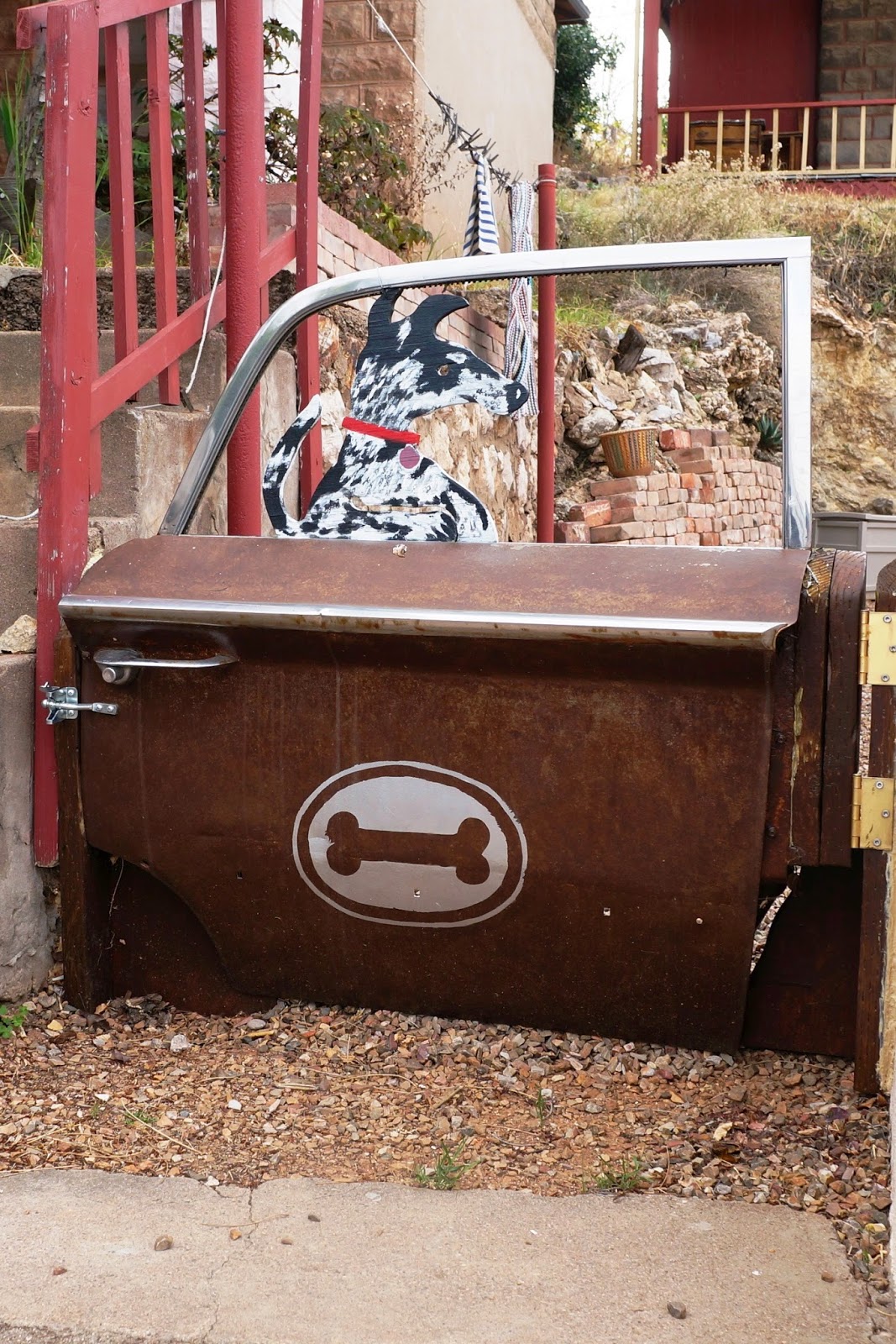 |
| Patio gate – you are greeted by your pooch every single time! |
 |
| Master gardener at work |
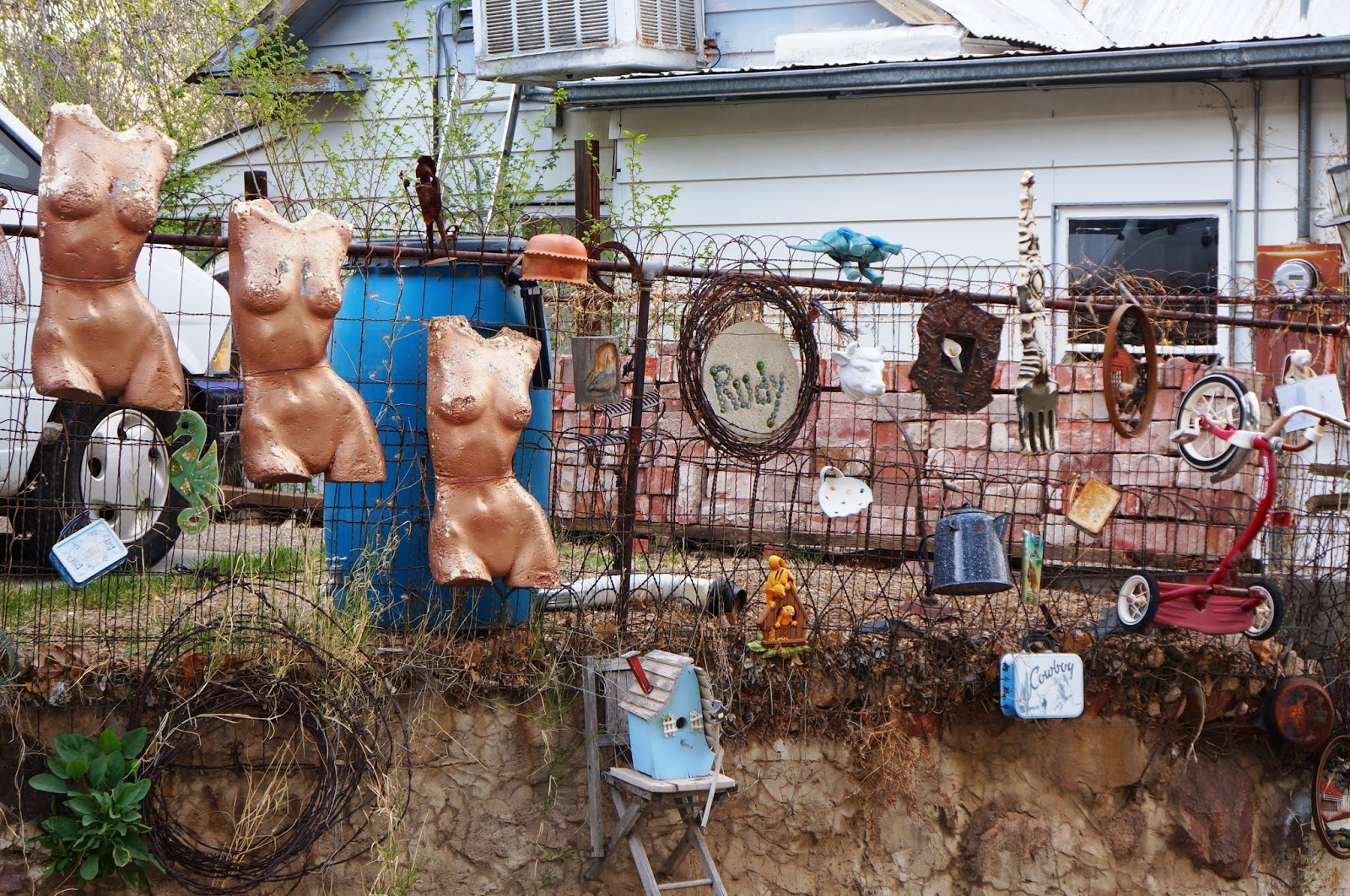 |
| Welcome home! |
Before the trip our friend John bet us a bottle of rum that we couldn’t find this bathtub in which he had previously been photographed in Bisbee. Pay up, Johnny Boy, you lose!!! >>>insert evil laugh here<<< We may have skipped feeding the children and engaging in personal hygiene in order to run around amongst the
ruins of hundreds of abandoned shacks and home sites throughout Bisbee, like crazy people on a wild goose chase, but we did it!!!
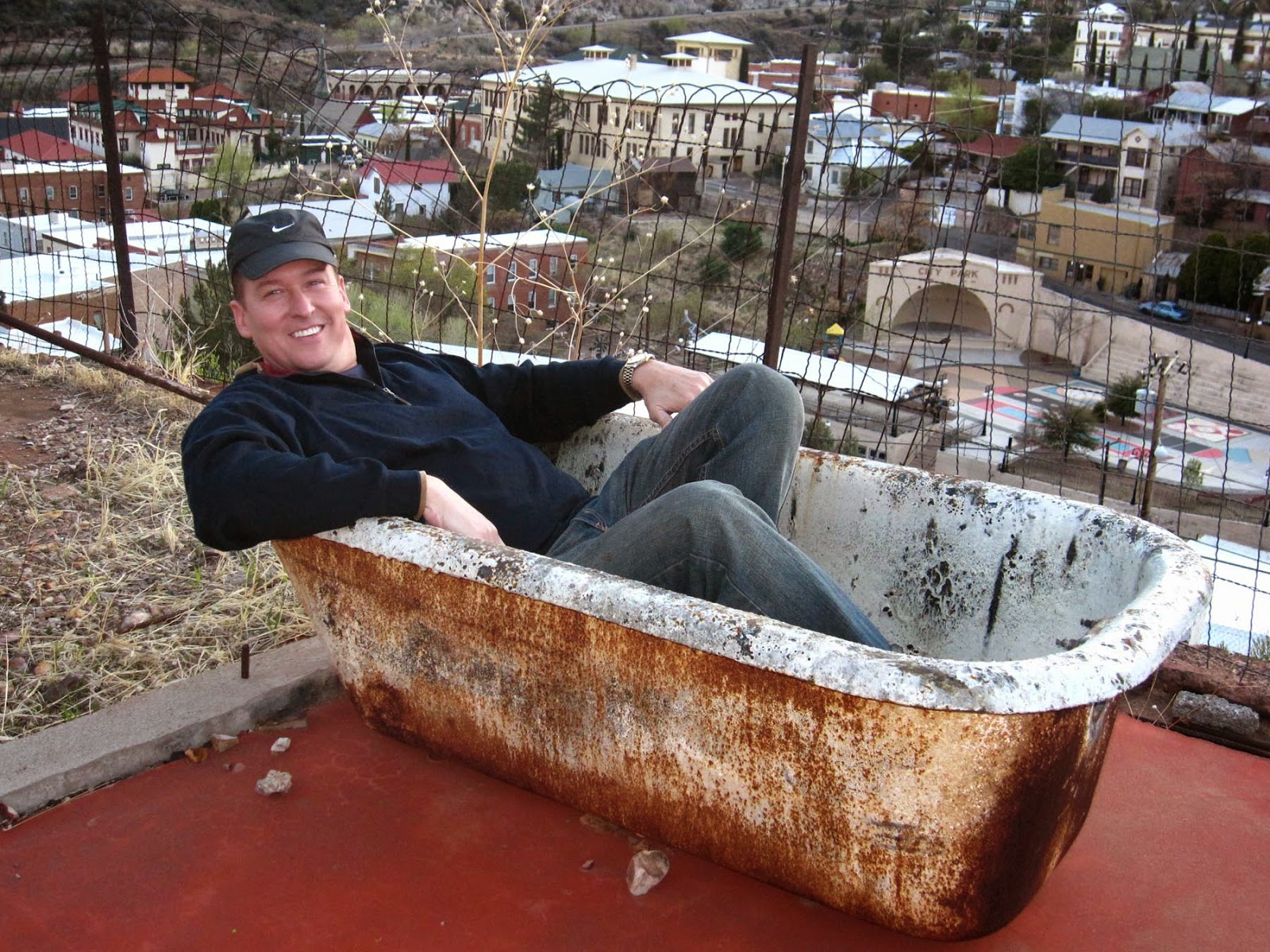

We are not big shoppers but did fall in love with local artist Robin Davis‘s painting of Frank Boardman Eadon (1860-1958), known by all as “Pistol Pete,” who was an American author, cowboy, scout, Indian fighter, and Deputy US Marshal, but whom was best known for being adopted as the official mascot for Oklahoma State University! Do you see the pistols painted into his shirt?
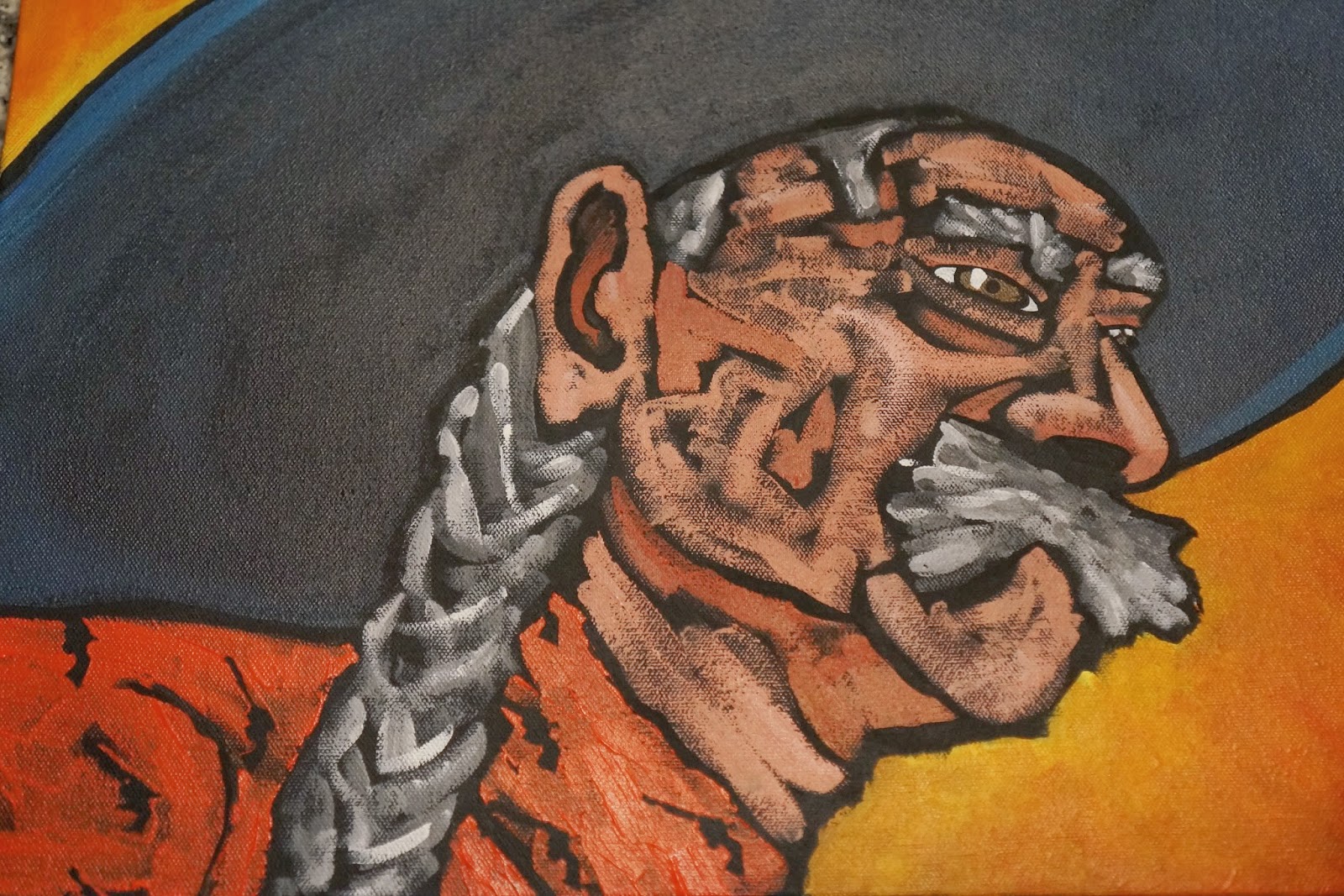
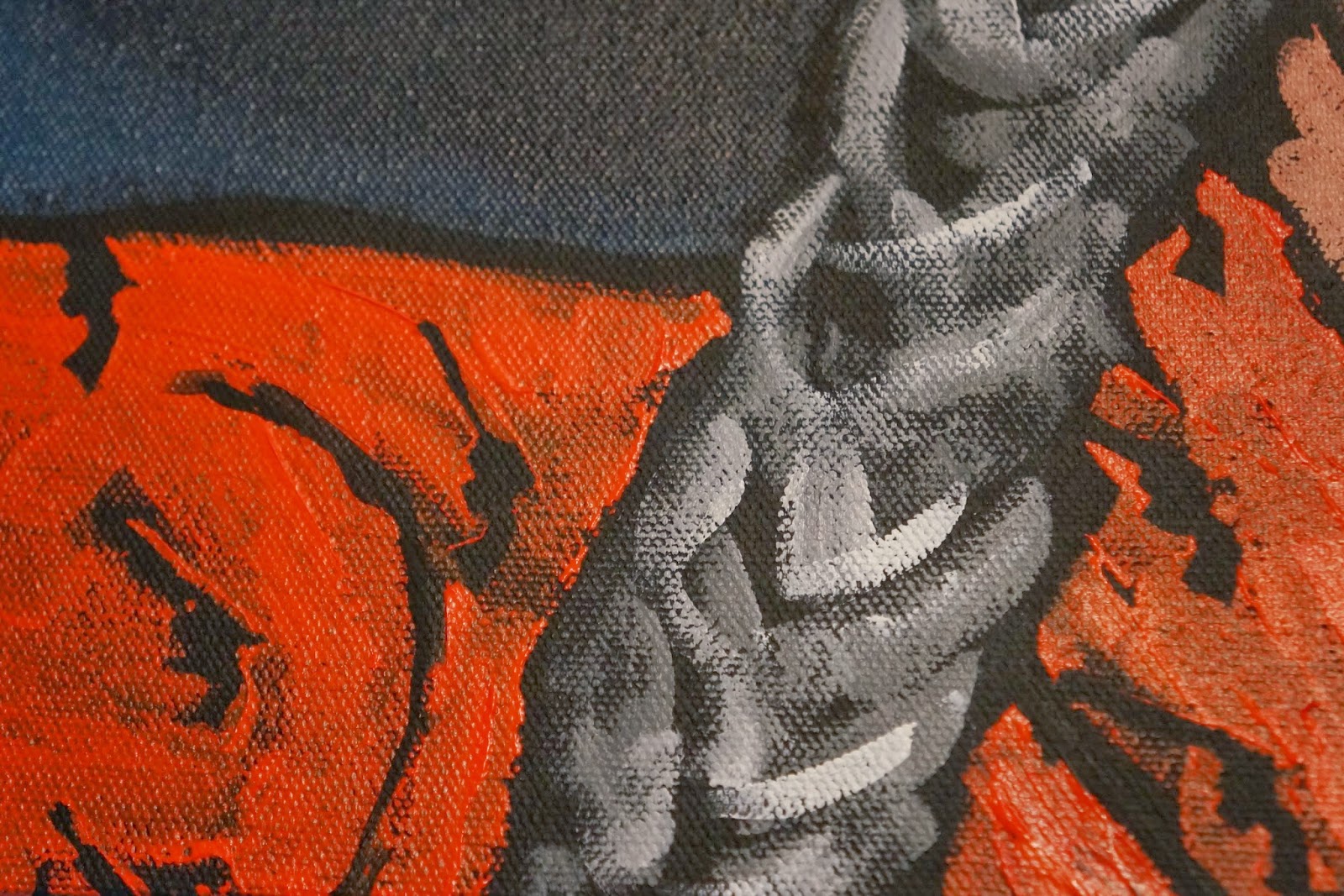
Bisbee was wonderful but the real joy was spending time with our “little” boy. Next stop … Tombstone AZ and the site of the famous battle at the OK Corral! Wagons ho!!!
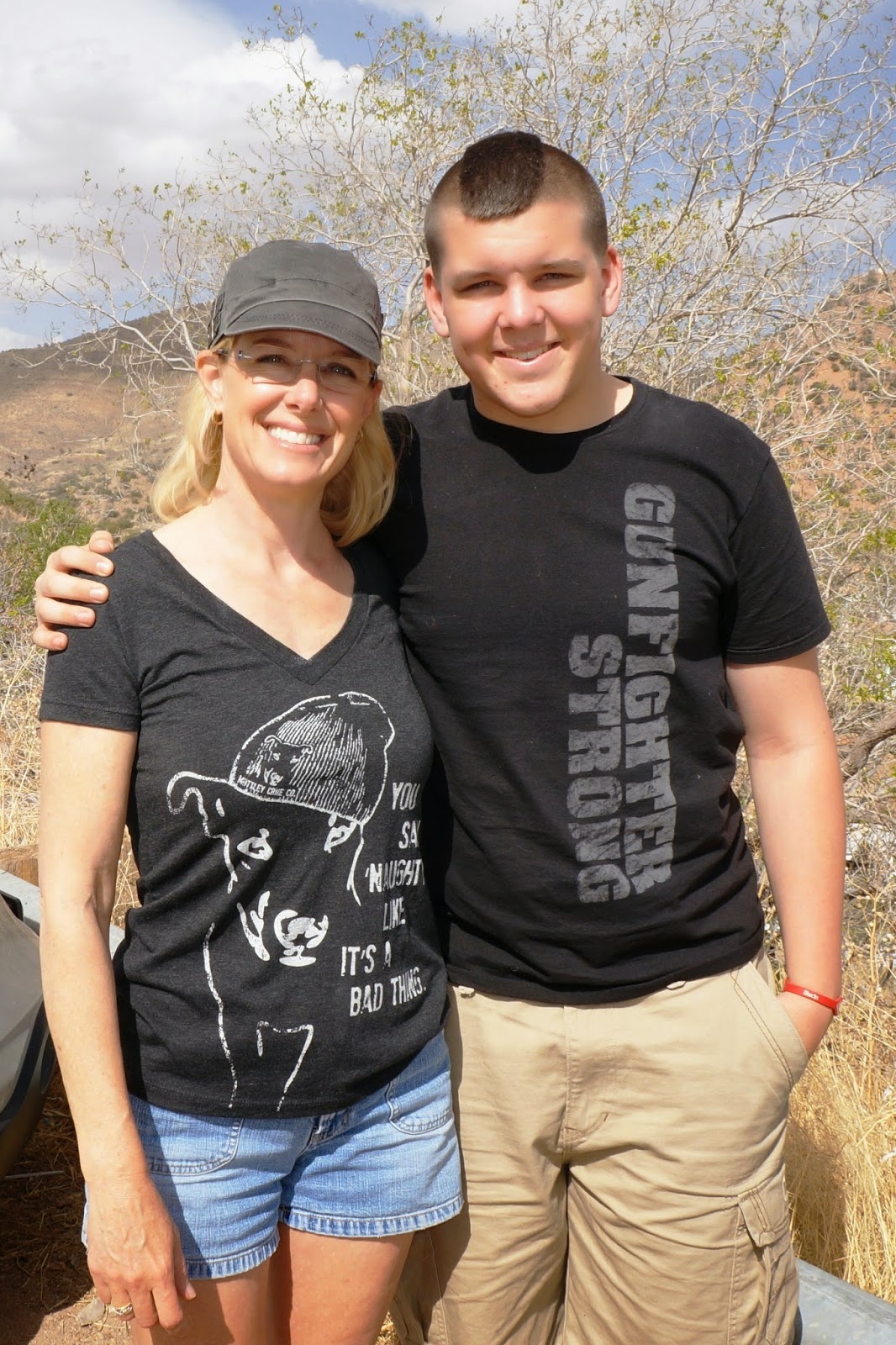
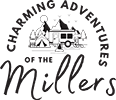
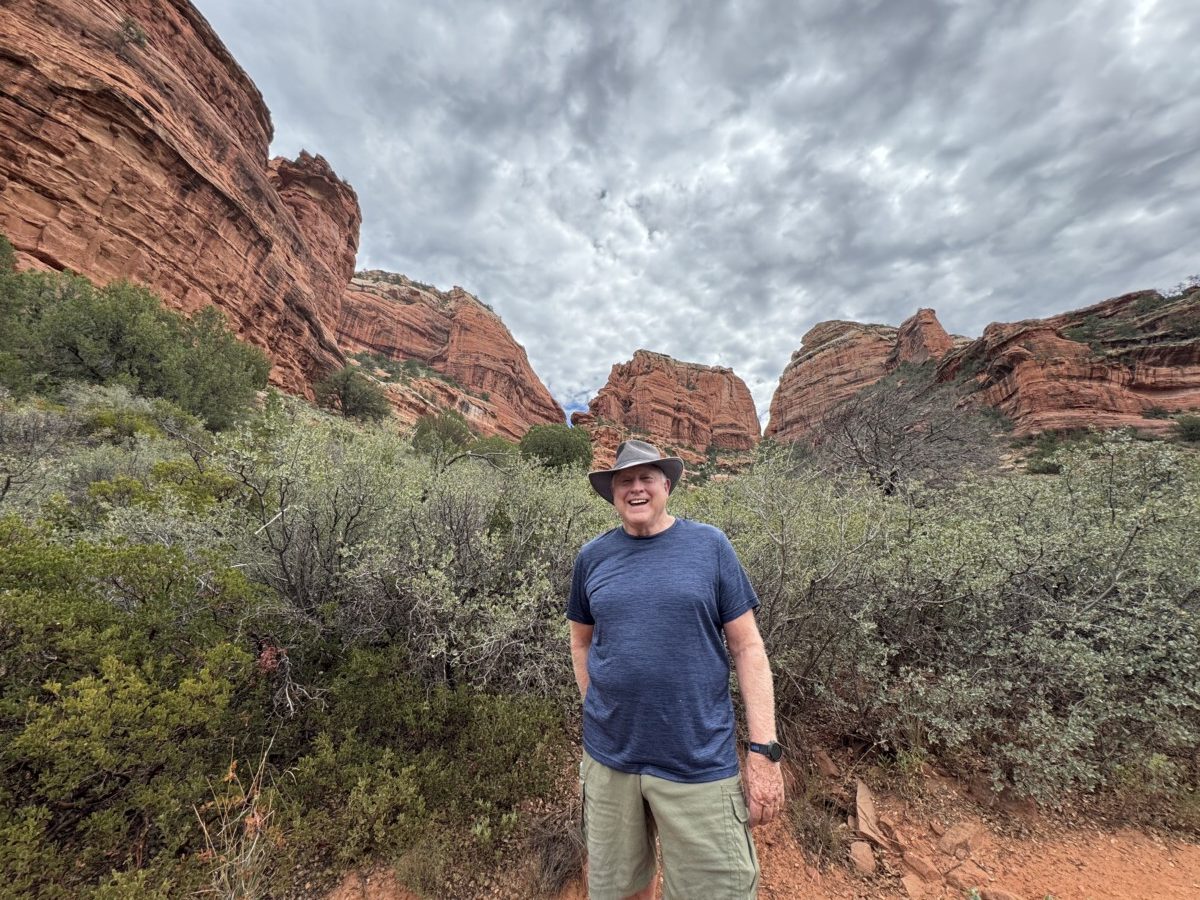
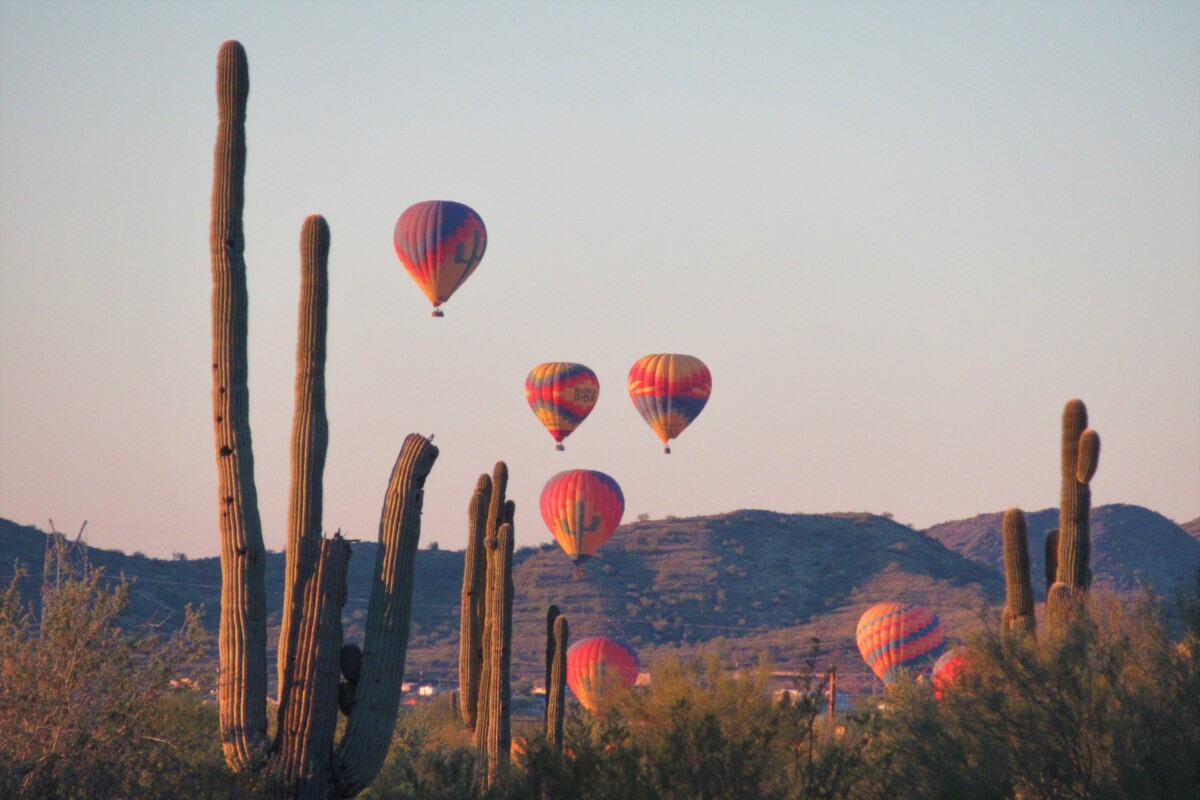
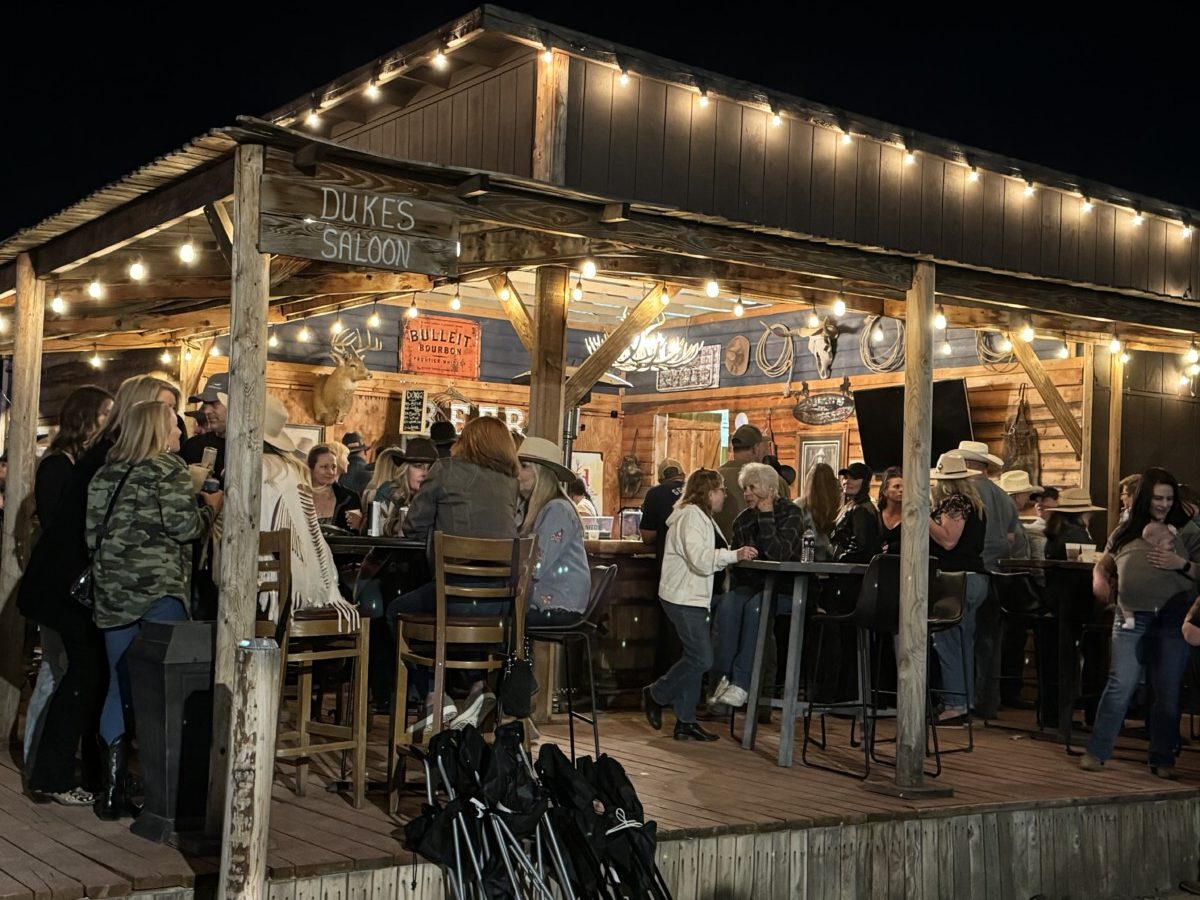
Beautiful vacation. I enjoy all of your photos. Jason and I stayed at the exact spot you did overlooking the mine. Lovely place. I so miss our motor home. The best way to travel and hang out ever invented. Thank you for taking Brandon with you. He is always up for adventure.
You are an inspiration, Tessa. Hope I can document our adventures this summer in a blog. Keep writing. You've got talent! Pam
I loved reading your adventures and tried to post my charming reply but it wouldn't accept it. It kept showing Nikki's google account. She came over this evening and showed me how to reply under just my name. You are ONE talented woman…you made me feel like I was along for the ride!
Thank goodness for our young adults, or we would never be able to run technology! I call one of my kids every other week asking them to help me figure something out! 🙂 Thank you for your nice comments — I write with friends like you in mind: "What would they want to know about this place?" I think you and Greg should buy a RV and we could caravan everywhere together. xoxo